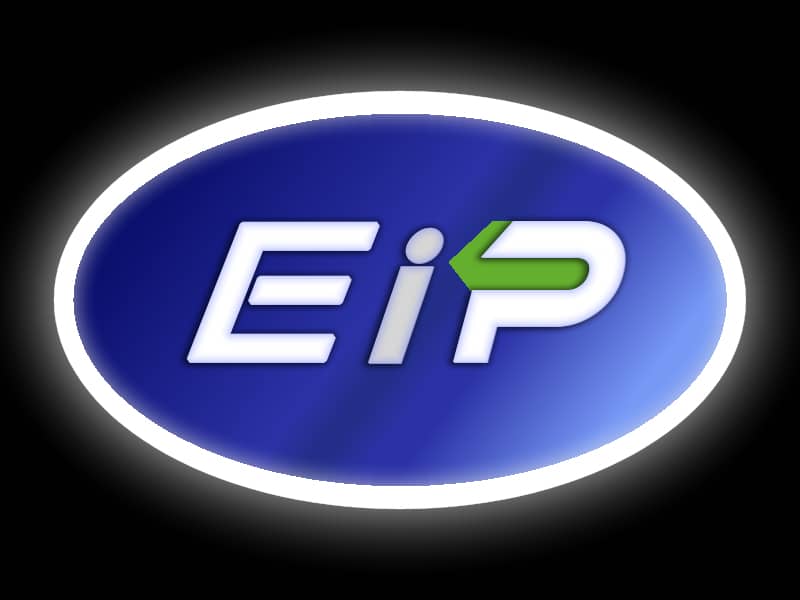Posted on by in Features, Home Header, Recently in Fluid Power Journal
Enhancing Efficiency, Reducing Costs, and Improving Performance
When it comes to hydraulics, there are many options available for power units. Companies continually strive to create high-performing power units that are more efficient and cost-effective. Developing new pump and motor technologies is essential in a world where those features are high on an end-user’s list. Advanced hydraulic systems can significantly improve the performance and efficiency of a machine. This includes hydraulic presses, injection molding machines, wind turbines, and many other machines.
As is common in many industries, the following questions often arise when new machines or machine upgrades are necessary:
What can be done to lower maintenance costs?
How do we save space and manage weight restrictions?
How do we increase efficiency to make this work in a manner conducive to energy savings?
Health and safety operators – how can we reduce the volume?
Integrating a power unit with a QXEHX internal gear pump, coupled with a Servo motor, is a solid solution. The power unit will enhance performance and save on maintenance, energy, and space, among many other benefits.
The optimized hydrodynamic lubrication of the QXEHX can aid in reducing maintenance costs due to the improved gear ring and optimized flows, resulting in a longer lifetime. Oil leakage is channeled directly through the shaft of the QXEHX pump. In Figure 1, the oil leakage follows the path of the green arrows, effectively flushing and lubricating the direct drive shaft connection between the pump and the motor before finding its way back to the reservoir. With the direct connection between the motor and pump, traditional pump support and coupling inside a housing are no longer needed, streamlining design, and reducing complexity. This direct connection simplifies the system, improves efficiency, and saves costs by eliminating the need for additional parts and maintenance or adjustments to typical pump housing and coupling.
Figure 1
The typical atmosphere on a production floor can be quite loud. Noise reduction, while not always at the top of the list of requirements, is a benefit on the list of factors considered when designing and implementing a new machine. In a typical office setting, the decibel level is around 60 decibels (dB), while a production floor can range from 80-100 dB at times, even exceeding 100 dB. Even the Occupational Safety and Health Administration (OSHA) requires employers to implement a hearing conservation program when noise exposure is at or above 85 decibels during an 8-hour workday. Hydraulic pumps and motors are designed to be quiet and require no extra sound insulation, significantly impacting the production floor’s environment.
As seen in Figure 2, a sound pressure test was conducted with a QXEHX pump with a displacement of 32.3 cm3 /rev (2 in³ /rev), reaching a peak of 77.5 dB when operating at an outlet pressure of 28 MPa with a shaft speed of 4600 rpm. While each machine has different operating parameter requirements, Figure 2 clearly shows reduced volume. The intricate design of this pump’s internal suction supply reduces the noise level and allows for higher shaft speed.
Figure 2
The QXEHX pump’s design also allows for higher shaft speeds. The increased speed allows the lower displacement to maintain the same flow, reducing the torque the motor requires. Using a smaller motor and potentially a more compact inverter saves costs. Additionally, the improved suction conditions and enhanced internal supply reduce the risk of cavitation. The design also minimizes turbulence and pulsations, contributing to lower noise levels. Overall, these advances enhance performance and lead to greater efficiency and a quieter operation.
Performance and efficiency are also top priorities. The QXEHX pump’s wide speed range and exceptionally high maximum speeds (from 2400 – 6050 rpm) enable higher operational speeds, achieving the same volume flow at a reduced displacement volume. These characteristics create optimal conditions for cost optimization, as does flow on demand with variable speed control.
Figure 3 shows the typical load cycle for an injection molding machine. This guarantees efficient operation by providing high flow during active phases. It also reduces or stops flow during idle periods, saving energy and reducing wear on components. This type of power unit’s capability for exceptionally fast ramp-up and ramp-down speeds is an attractive feature for applications requiring rapid and precise control. This response ensures that the hydraulic system can quickly shift to changing load demands and other operational requirements. This enhances productivity, as well as efficiency.
Figure 3
Whether a high-speed manufacturing process or a complex motion control system, the QXEHX pump allows for minimized downtime and optimized cycle times. In addition, the pump’s ability to decompress by reversing its rotation adds to the versatility and control of the entire machine’s operation. This ensures safe and efficient pressure release, preventing potential damage to machine components and providing smooth transitions between operational states.
Costs are saved by the elimination of auxiliary circuits such as cooling circuits, kidney loops, and supplement accumulators.
The selection of pumps and motors is critical in achieving optimal machine performance and efficiency. Companies continually innovate to design power units that address the growing customer demand for greater efficiency, increased cost-effectiveness, and heightened reliability and durability. Advanced hydraulic systems can enhance the performance of a wide range of machinery. As industries evolve, key considerations for machine development consistently emerge, including requirements to reduce maintenance costs, optimize space utilization, improve cycle times for greater efficiency, and address safety concerns such as noise levels. By focusing on these priorities, modern hydraulic technologies are equipped to meet the demands of both manufacturers and end-users alike.
